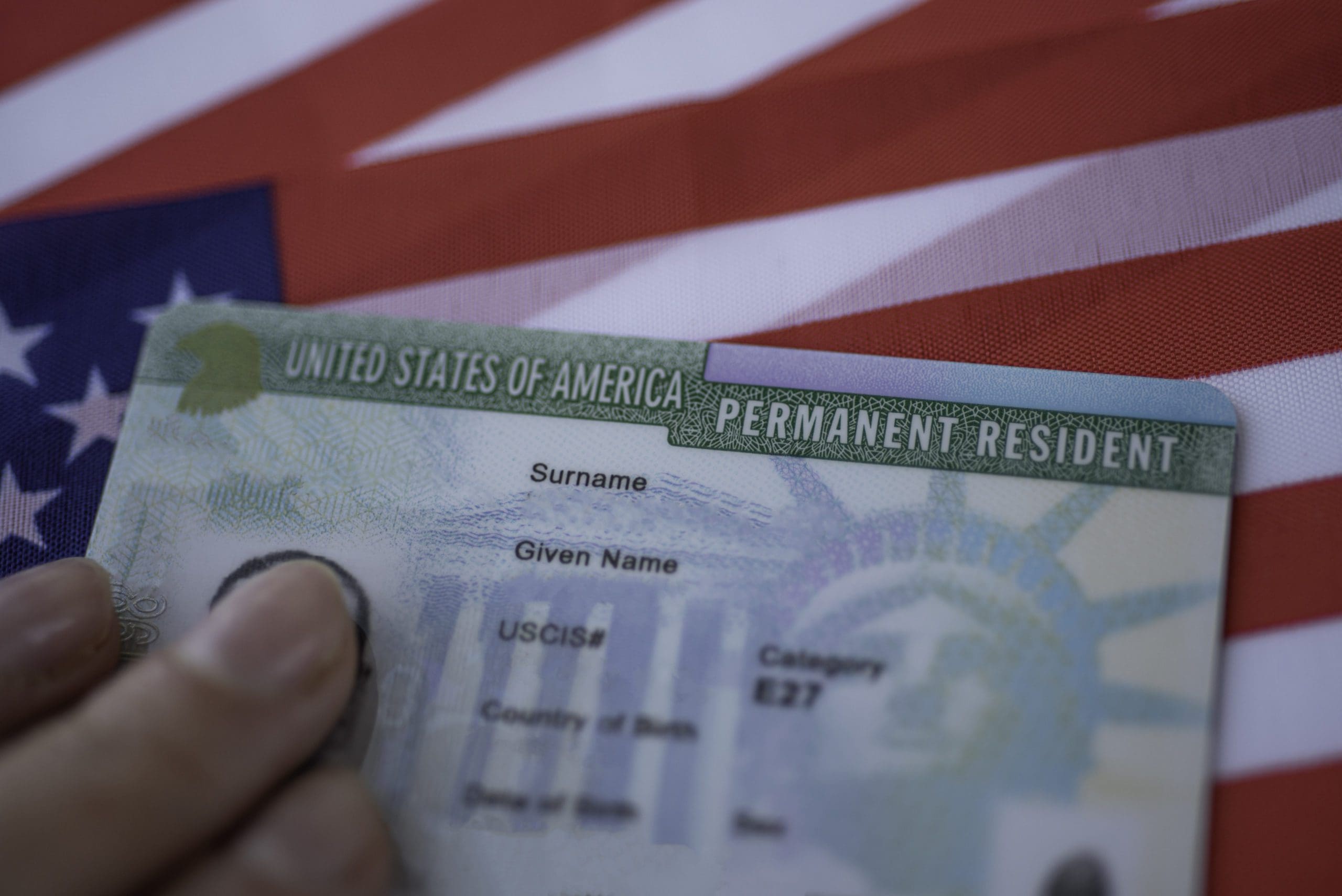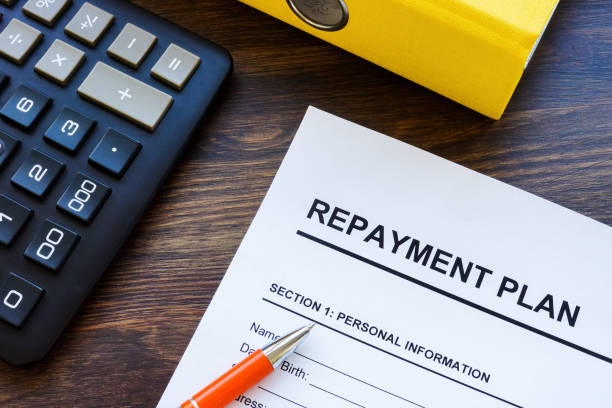Customer expectations in 2025–2026 center on choice, not just speed. Same-day, next-day, and eco-slot delivery windows sit side by side at checkout. Consolidators who aggregate demand across brands can fill each option efficiently. The key is orchestrating cut-offs, driver capacity, and neighborhood density. Pickup and drop-off (PUDO) points continue to expand. Lockers in transit hubs, grocery stores, and universities absorb missed deliveries. They cut failed-attempt costs and shrink the delivery window’s carbon footprint. Consumers appreciate the flexibility and fewer porch-piracy risks. Micro-fulfillment nodes enable faster local injection. Stocking fast movers within city limits reduces line-haul miles and volatility. When paired with consolidation, even small merchants can offer premium last-mile options. The shared infrastructure spreads fixed costs and upgrades service for everyone. Transparency remains a differentiator. Real-time maps, reliable one-hour windows, and proactive delay alerts build trust. Clear communication reduces WISMO contacts and returns caused by timing issues. Simpler experiences lead to higher repeat purchase rates. Finally, align incentives across carriers and drivers. Performance pay tied to first-attempt success and customer ratings changes behavior. Add rules that favor secure, well-lit delivery points in the evening. A consistent last-mile experience is designed upstream and reinforced at every stop.
From Cart to Door: The New Last-Mile Playbook


































